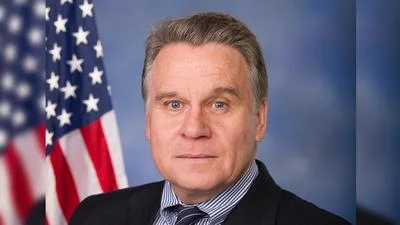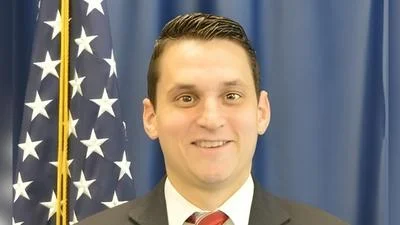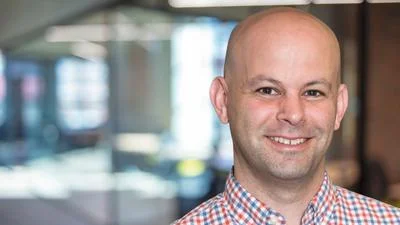The Congressional Record is a unique source of public documentation. It started in 1873, documenting nearly all the major and minor policies being discussed and debated.
“TRIBUTE TO DR. GENO SACCOMANNO” mentioning the U.S. Dept. of Energy was published in the Extensions of Remarks section on pages E1370 on July 21, 1998.
The publication is reproduced in full below:
TRIBUTE TO DR. GENO SACCOMANNO
______
HON. SCOTT McINNIS
of colorado
in the house of representatives
Tuesday, July 21, 1998
Mr. McINNIS. Mr. Speaker, I would like to take a moment to recognize an individual, who for the past 50 years, has donated his life to the ongoing fight against cancer. Dr. Geno Saccomanno, a cytologist from Grand Junction, CO, is a simple, dedicated man with a personal history that rivals most in accomplishment and commitment. Some of his most notable achievements both professionally and philanthropically, include his groundbreaking and world-renowned cancer research methods, his two popular cytology texts, his scholarship fund for underprivileged high school graduates, his St. Mary's Saccomanno Education Center, and the Catholic school and church that will be built on land he recently donated near his home. As you can see, Dr. Saccomanno is a man who works for the good of all people, in every area of his life.
When Dr. Saccomanno arrived in Grand Junction as a pathologist in 1948, he was the first to pay appropriate attention to the most pressing local cancer issue. As he had noticed in some of his doctoral studies at St. Louis University, Dr. Saccomanno saw correlations between cancer incidence and the coal mines working in Western Colorado and Eastern Utah. His analysis of this issue set the stage for a long life in lung cancer research and diagnosis.
Considered today by colleagues and professionals worldwide as one of the world's foremost pioneers and prophets in lung cancer research, Saccomanno's research techniques are considered a standard in laboratories around the world. His first method of cell separation to detect mutation utilized his wife Ginny's blender and a few simple medical tools. Through the years, his techniques have grown and developed with the aid of technology so much that his research methods are widely praised and world renowned. In fact, the American Cancer Institute is currently attempting to duplicate his processes with a computer.
Dr. Saccomanno has won several well-deserved awards and published a myriad of medical reports during his 50-year career, all that have led to a considerable reputation among a wide range of people. He is revered by everyone, from his colleagues at St. Mary's to VIP's at the Department of Energy to his friends at the National Cancer Institute.
Today, the 82-year-old Dr. Saccomanno continues his work in the field he has grown to love. Each morning he makes the daily trek from his home to the lab where he continues to look at his vast collection of tissue samples, lung X-rays, and secretions searching for a clue that would someday lead to a cure for cancer. Dr. Saccomanno's obvious dedication to his life's work and the medical field is something that is admired by all.
I would like to take a moment today to thank Dr. Saccomanno for both his efforts in finding a cure for cancer, as well as for all that he has done for his community. He is an excellent example of how important dedication and perseverance are in one's personal and professional life. He sets a standard that we should all strive to emulate. It is an honor for me to count Dr. Saccomanno as one of my constituents and to represent him in Congress.
____________________








